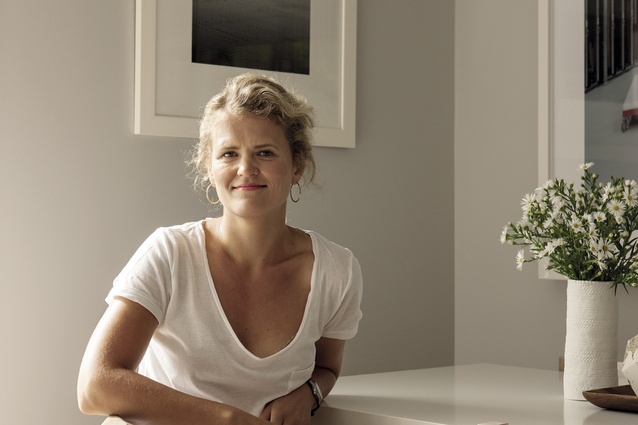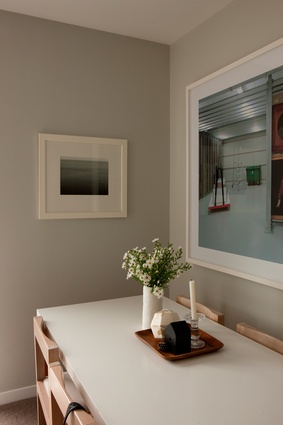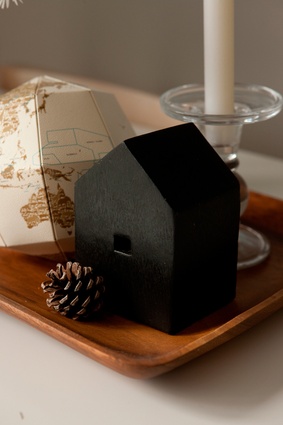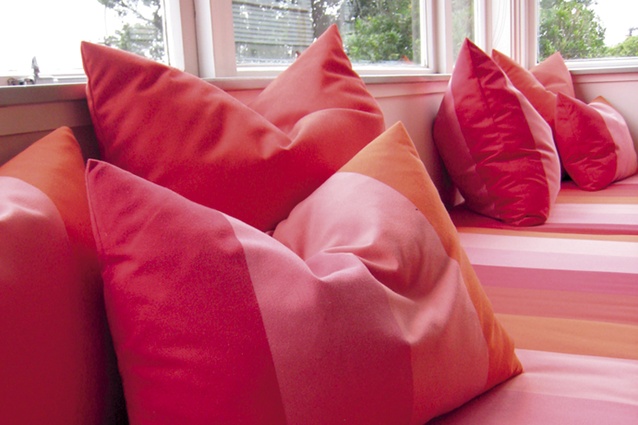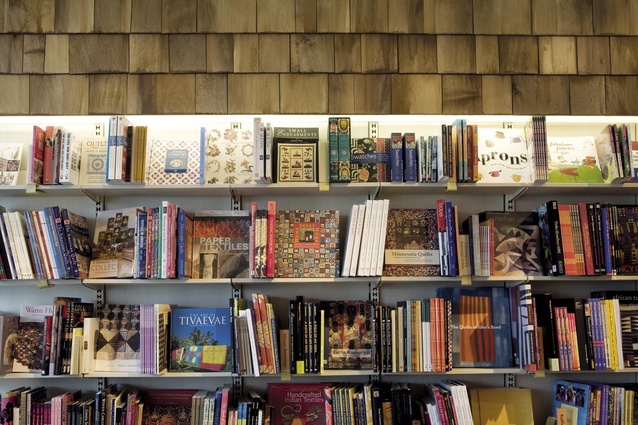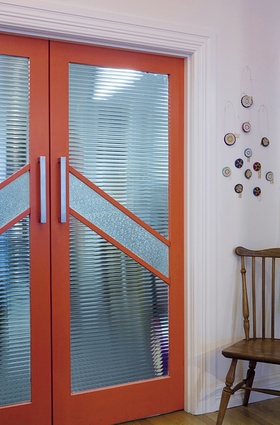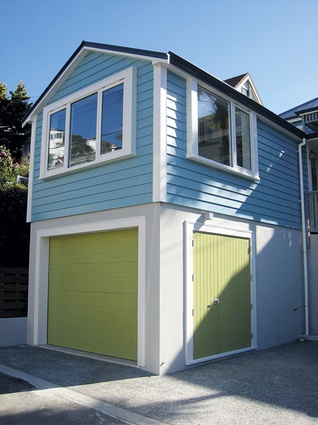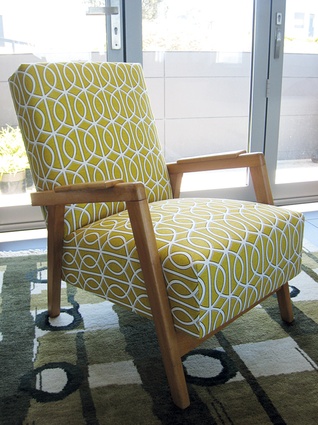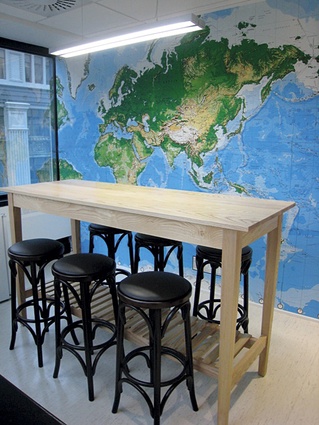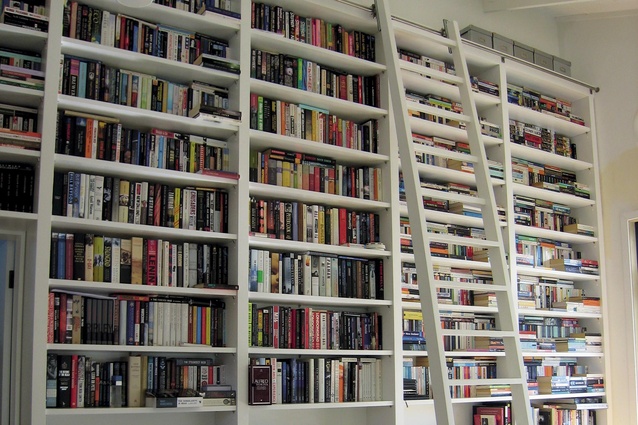Minty fresh
If the name Minty rings a bell, it’s probably because Charlotte Minty’s father is renowned Wellington architect Alan Minty. Design is obviously stitched into the Minty DNA because sister Amelia is also an architect and older brother Dorian is an architectural designer. So it makes ense that some of Minty’s earliest memories involve design.
“My parents would stop and look at buildings on our Sunday drives. They also imported Arne Jacobsen chairs before they were ever available here. That influence must have rubbed off on all of us,” says Minty.
Although she was keen on photography as a profession, tutors at Victoria University convinced Minty that her strength was in interiors, so she completed a Bachelor of Design majoring in Interior Architecture and Design.
One of her most interesting projects since then has been renovating a Queen Anne manor in Oxford while on her OE in 2000. “Having to research and source period features was fascinating,” the 37-year-old says of the project.
We asked Minty about her design practice – and the practicalities of living in and fitting out a small Wellington apartment.
Urbis: What do you do?
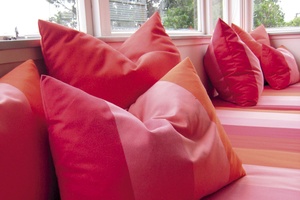
Charlotte Minty: The biggest misconception is that interior designers are only about cushions and curtains. I focus on everything within the exterior walls – space planning, materials, furniture and fittings. It’s all about giving people spaces that are functional and balanced.
U: Why did you choose interior design rather than architecture?
CM: I love variety and what I do gives me the best of both worlds.
U: You started your own business in 2003. What kind of projects do you enjoy?
CM: I’m lucky enough to be able to design everything from real-estate offices and retail stores to entire houses and apartments, as well as individual rooms. I do quite a lot of kitchens and bathrooms.
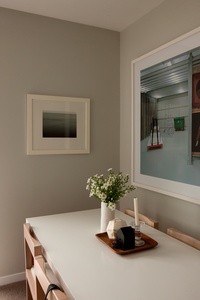
U: What’s the first thing you notice when you enter a space?
CM: The overall feel of it and focal points. It’s all about having a balance between features that pop and features that recede. I advise my clients to bring a bit of their personality into the space, because that tells the world who they are and really brings poetry to a room.
U: What part of design do you most like to work with?
CM: Function is big in my world. If it’s not useful, then why do you have it? I’m also a big believer in flow – you’ve got to be able to move through spaces so they need to be free of features that restrict movement.
U: You live in a small apartment in Brooklyn. How do you manage that?
CM: When I bought the building six years ago, it was split into two one-bedroomed flats. I lived upstairs and three years ago renovated the flats so now I have two bedrooms and an office. It’s small but has a great overall feel of space. I’ve also kept the interior palette clean and simple, with soft, feathery grey and white trims. My mother’s family is of Swedish descent, so I love simple, clean Scandinavian lines, with a bit of old-school English thrown in.
U: What are your tips for maximizing a small space?
CM: If you design a small space well and use a tight palette of colours and materials, it won’t feel claustrophobic. People often make the mistake of using lots of small furniture, which can make the space feel cluttered. My advice is to give the room a focal point by having one substantial piece of multifunctional furniture instead of lots of smaller pieces; less is certainly more in a small space. It’s the same with artwork – go for a statement piece. On my living room wall, I have a large piece that was taken by my photographer brother-in-law, Neil Pardington. It has great impact and complements the environment.
U: Which job are you most proud of?
CM: I’m always proud of whatever I’m working on at that particular moment. Every job has its challenges and merits and, if you believe that the best is yet to come, then that keeps you going.
U: What’s the most important thing you learnt from your architect father?
CM: The list is endless. Dad is my mentor and he’s taught me so much: mainly that good design speaks for itself, that form follows function and that so much of what we do is about patience. Dad also taught me about letting ideas go when they’re not working and how, when you do, this creates room for new ideas. When I teach at Victoria University’s School of Architecture, I always tell my students how important this is.
U: If money were no object, what kind of house would you live in and where would it be?
CM: It would be an Alan Minty design, with a peaked, cedar-tiled roof and a board-and-batten construction. It would remind me of the two family homes we grew up in. And it would be in Wellington; I was born and bred here and I love it. Although I’ve done some travelling and am constantly inspired by what I see on overseas trips, Wellington will always be home.
U: What’s still on your design to-do list?
CM: I would love to design an embassy residence or a hotel. I’m actually pitching for a hotel at the moment so watch this space!

